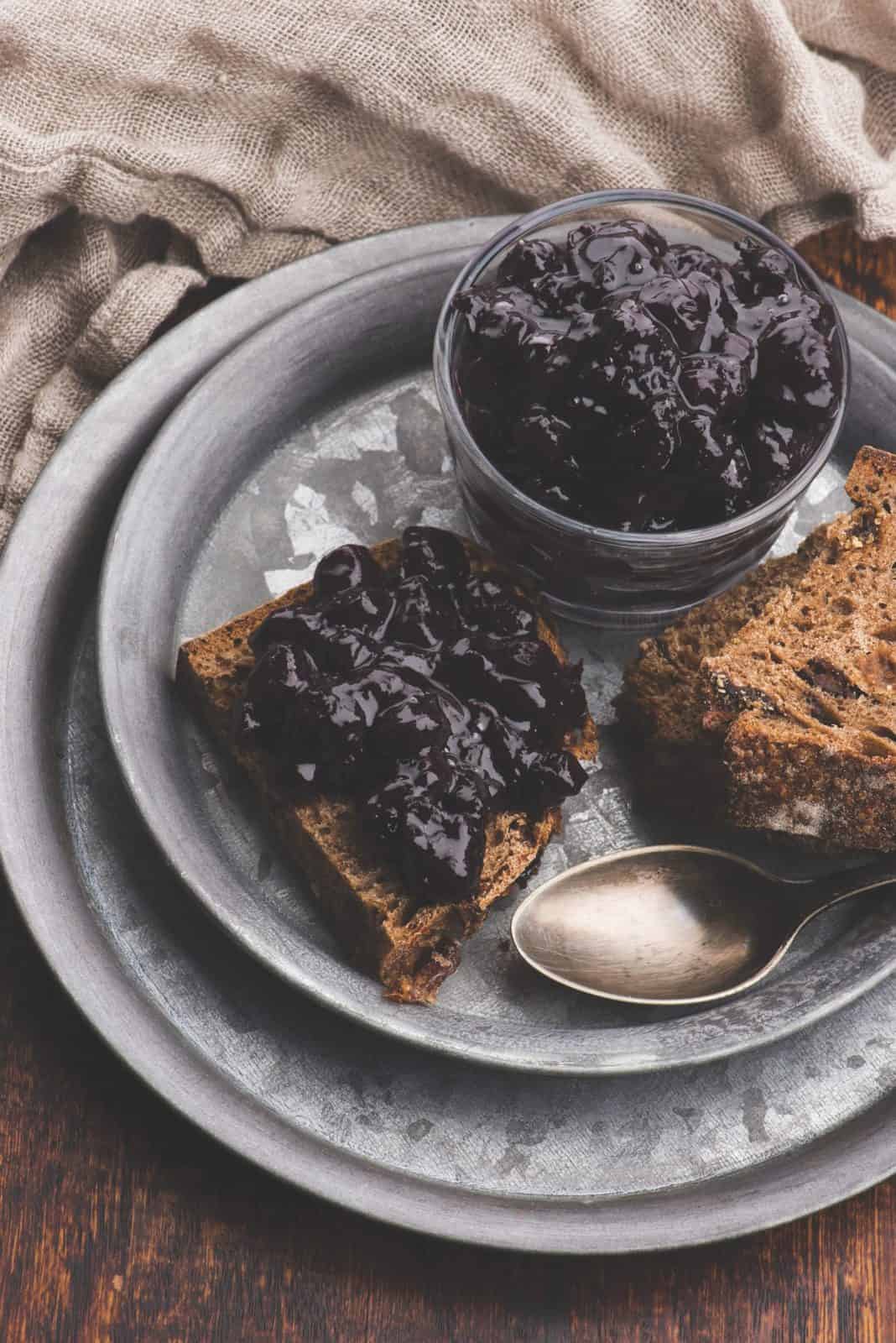
In its native southwestern United States, northern Mexico, and South America, mesquite is called the “Tree of Life” because it has provided natives with food, medicine, and fuel for thousands of years. Following the mass cattle drives of the mid-19th century, mesquite became better-known as an invasive pest, propagated by the animals’ manure; the drought-tolerant tree is still despised by ranchers and agriculturalists, as it diverts water from irrigation and livestock. A regional revivalist movement is growing, however, turning a new generation of food and drink artisans onto mesquite.
“Mesquite pods have a familiar flavor and aroma,” says Sandeep Gyawali, an Austin-based neuroscientist, baker, forager, and founder of the Texas Mesquite Movement, which is dedicated to reestablishing the culinary use of local species. “The raw pods are sweet, with subtle notes of honey, coconut, and oolong tea; roasting brings out an interplay of chocolate, caramel, nuts, and baking spice.” The slender mesquite beans and pods are infused into cocktails, spirits, and beer or milled into luxurious, high-protein flour for use in sweet and savory baked goods and compound butter. Mesquite honey is a seasonal delicacy and popular cheeseboard companion at select Texas and Arizona restaurants (as are mesquite crackers, bread, and jelly).
Honey
Beekeeper Tara Chapman of Two Hives Honey in Austin, Texas, harvests the“electric yellow” elixir from her hives in July, when mesquite is in bloom. “It has a nutty flavor, with notes of green almonds,” Chapman says. “I love it with local goat skyr topped with salted cashews.” Mesquite honey also elevates mild blues and young pecorinos, but our pick is a buttery, whiskey-washed Trappist-style cow’s milk. Mesquite thrives in semi-arid parts of Hawaii, too, where it’s known as kiawe. A different species from mainland mesquite, it yields a creamy ivory honey with delicate floral and tropical fruit notes—ideal for Parmigiano-Reggiano.
Eagle Mountain Farmhouse Cheese Drunken Monk
+ Two Hives Honey Mesquite Honey
+ Rare Hawaiian Organic White Kiawe Honey
Jelly
This preserve is similar to mesquite honey, with a fruity, caramel flavor. It’s often made with the addition of red chilies or chile pequin, which grow wild throughout the Southwest. We’re fans of Cappadona Ranch’s version, partnered with a Spanish-style Jersey cow’s milk cheese smoked over Texas pecan wood. Plain mesquite jelly dresses up everything from washed rinds to aged cheddars, but it also brings out the best in a Basque-style goat’s milk cheese—its faint musty finish complements mesquite’s understated earthiness.
River Whey Creamery Caldera España
+ Cappadona Ranch Mesquite Bean Jelly with Chilli Pequin
+ A & J Family Farms Honey Mesquite Jelly
Syrup
Darker and more intense than mesquite honey or jelly, mesquite syrup is a lovely addition to waffles or French toast dolloped with crème fraîche or fromage blanc. Drizzle atop salty, sharp, or piquant cheeses to temper their assertiveness without obscuring it, such as on a tangy mixed-milk French blue. We also like it with an aged pecorino pepato or a savory bandage-wrapped cheddar rubbed with lard.
Milton Creamery Flory’s Truckle
+ mesquite syrup
Société Laitière de Laqueuille 1924 Bleu
+ mesquite syrup




